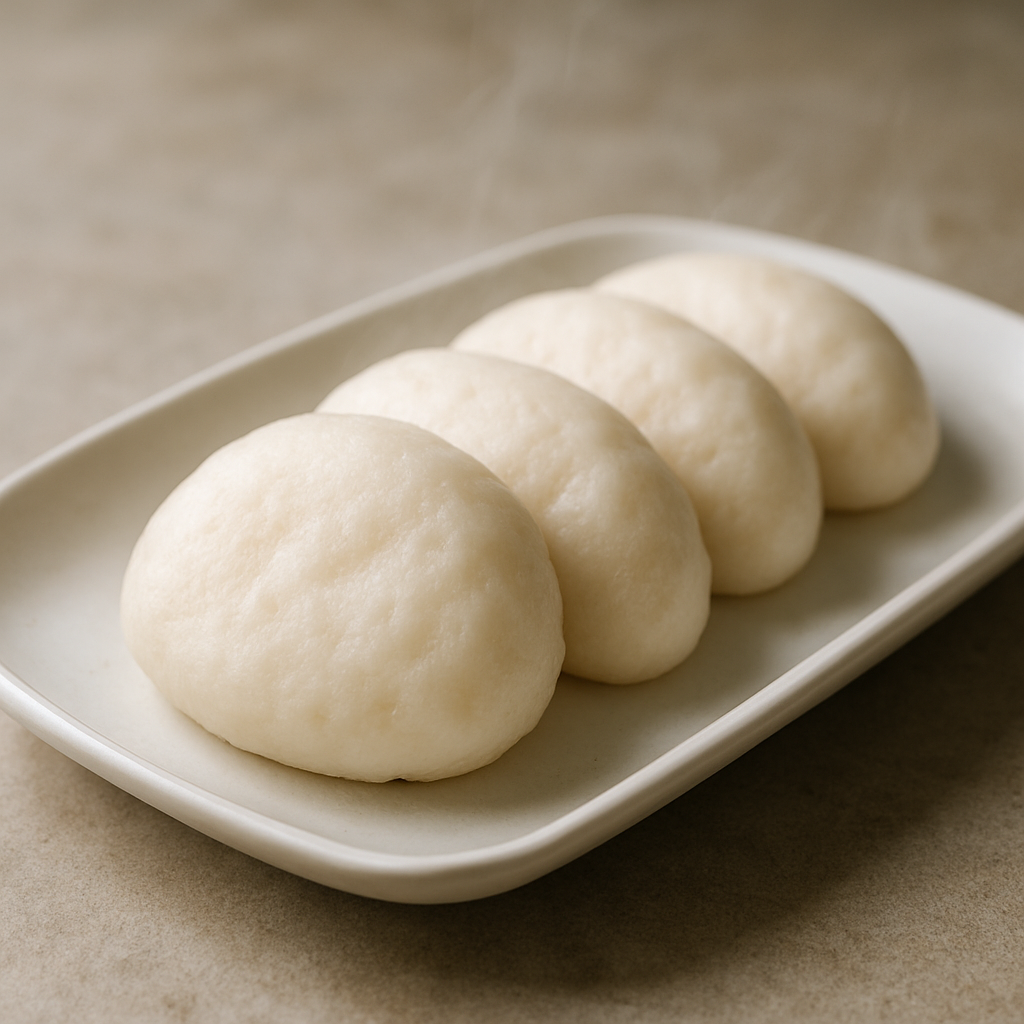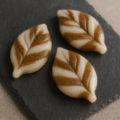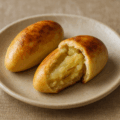たちかまの特徴
北海道の冬の味覚
たちかまは、北海道で冬に旬を迎える鱈の白子(たち)を使った郷土料理で、白子をすり身にしてかまぼこ状に仕上げたものです。濃厚でクリーミーな白子の旨味が特徴です。
なめらかな食感
白子を丁寧にすりつぶし、蒸し上げることで、なめらかで口当たりの良い食感に仕上がります。焼いたり煮たりしても美味しく食べられます。
冬の贅沢品
新鮮な白子を使うため、限られた季節にしか味わえない贅沢な一品として珍重されています。
たちかまのレシピ(家庭用簡易版)
材料(2〜3人分)
- 鱈の白子(たち) … 200g
- 卵白 … 1個分
- 塩 … 小さじ1/2
- 片栗粉 … 大さじ1
- 酒 … 大さじ1
作り方
- 白子を水で洗い、血や膜を取り除く。
- フードプロセッサーまたはすり鉢でなめらかにすりつぶす。
- 卵白・塩・片栗粉・酒を加えてよく混ぜる。
- ラップや型に入れて形を整え、蒸し器で15〜20分蒸す。
- 粗熱を取って切り分ければ完成。
シェフのワンポイントアドバイス
よりなめらかに仕上げたい場合は、白子を下茹でし、裏ごしをしてから蒸すと良いです。わさび醤油やポン酢でシンプルに食べても美味しく、煮物の具材にしても楽しめます。
たちかまの栄養価(1人分の目安)
- エネルギー:約120〜150 kcal
- たんぱく質:12〜15 g
- 脂質:6〜8 g(白子由来)
- 炭水化物:2〜3 g
- ビタミンD・B群(白子由来)
- EPA・DHA(魚由来の良質な脂質)
高たんぱくでビタミンや不飽和脂肪酸が豊富なため、滋養強壮にも優れた冬のごちそうです。
たちかまの歴史
漁師料理としての起源
鱈漁が盛んな北海道で、水揚げされた鱈の白子を無駄なく活用するために生まれた漁師料理が始まりとされています。
保存食から家庭料理へ
かまぼこ状に加工することで保存性が高まり、冬の家庭料理としても定着しました。
現代のたちかま
現在では冬限定の高級珍味として土産物や郷土料理店で提供され、北海道ならではの味覚として人気を集めています。
English Version
Features of Tachikama
A Winter Delicacy of Hokkaido
Tachikama is a traditional dish from Hokkaido made from cod milt (shirako), which is in season during winter. The shirako is ground into a paste and shaped into a kamaboko-like form. It is known for its rich, creamy flavor.
Smooth Texture
By carefully grinding the cod milt and steaming it, tachikama develops a smooth and delicate texture. It can also be enjoyed grilled or simmered.
A Seasonal Luxury
Because it uses fresh shirako, it can only be enjoyed during a limited season, making it a prized winter delicacy.
Recipe (Simple Home Version)
Ingredients (for 2–3 servings)
- Cod milt (shirako) … 200 g
- Egg white … 1
- Salt … 1/2 tsp
- Potato starch … 1 tbsp
- Sake … 1 tbsp
Instructions
- Rinse the shirako under water and remove any blood or membrane.
- Use a food processor or mortar and pestle to grind it into a smooth paste.
- Add egg white, salt, potato starch, and sake, and mix well.
- Shape the mixture using plastic wrap or a mold, and steam for 15–20 minutes.
- Let it cool slightly, then slice and serve.
Chef’s Tip
For an even smoother finish, blanch the shirako first, strain it through a fine sieve, and then steam. It pairs wonderfully with wasabi soy sauce or ponzu, and can also be used in simmered dishes.
Nutritional Value (per serving, approx.)
- Calories: 120–150 kcal
- Protein: 12–15 g
- Fat: 6–8 g (from shirako)
- Carbohydrates: 2–3 g
- Vitamin D and B group (from shirako)
- EPA and DHA (healthy fatty acids from fish)
Rich in protein, vitamins, and healthy unsaturated fats, tachikama is a nourishing winter delicacy that supports vitality.
Historical Background
Origins as a Fisherman’s Dish
Tachikama originated in Hokkaido’s fishing communities, where cod milt was utilized without waste by making it into a traditional dish.
From Preservation to Home Cooking
Shaping it into a kamaboko-like form increased its shelf life, leading to its spread as a winter household dish.
Modern Tachikama
Today, tachikama is valued as a premium winter delicacy, available as a souvenir and in regional cuisine restaurants, representing the unique taste of Hokkaido.



何でも質問してください!